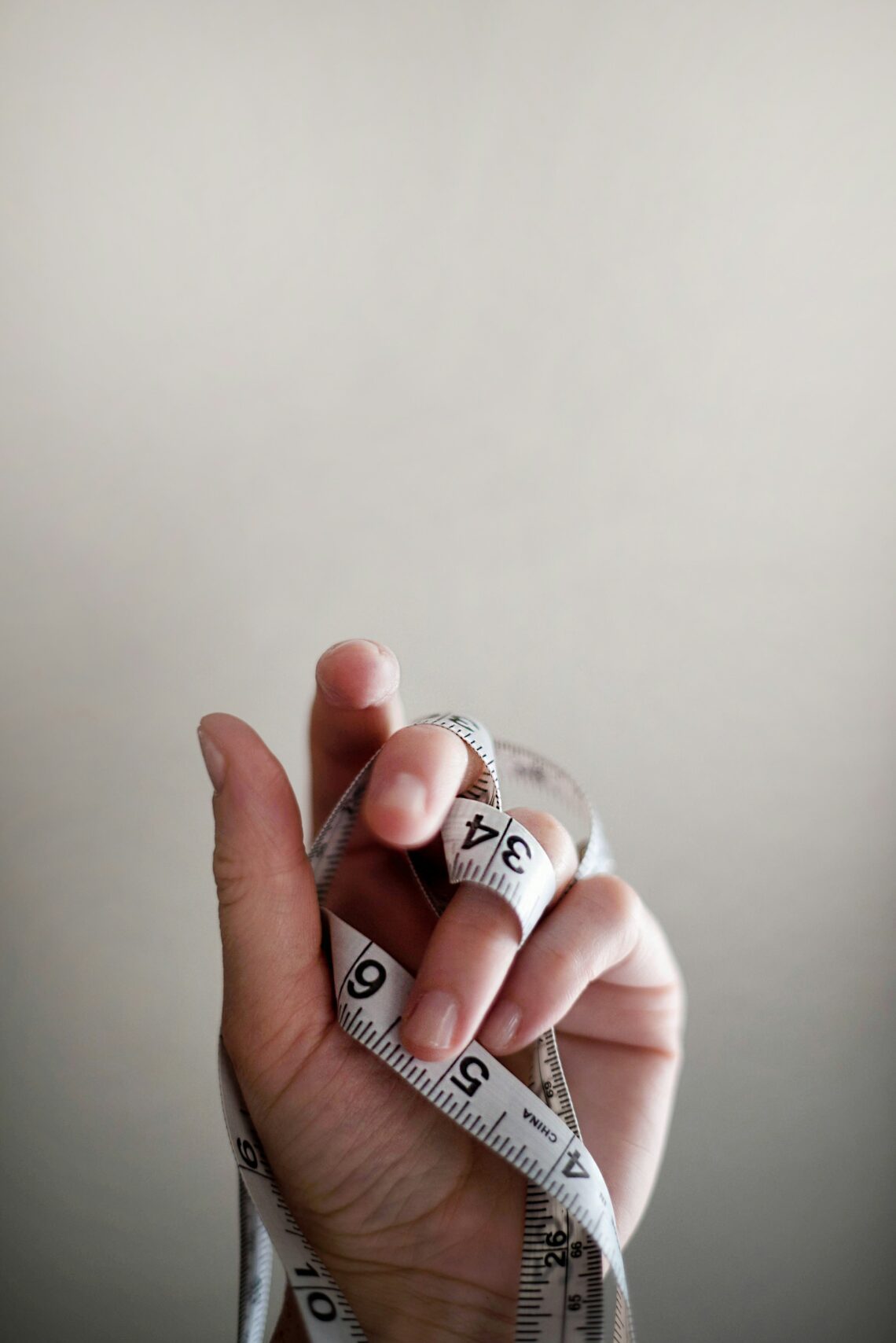Embracing Mindfulness for a Balanced Life Journey
In a world that often feels like a whirlwind of chaos and uncertainty, the concept of mindfulness has emerged as a beacon of hope for many. You may have heard the term whispered in yoga studios, or perhaps you stumbled upon it while scrolling through social media, where influencers tout its benefits like the latest superfood. But what exactly is mindfulness, and how can it guide us toward a more balanced life journey?
Mindfulness, at its core, refers to the practice of being fully present and engaged in the current moment. It’s about observing our thoughts and feelings without judgment, allowing us to cultivate a sense of awareness in our daily lives. As a sports journalist, I’ve often found myself lost in the hustle of deadlines and the constant buzz of live events, forgetting to pause and acknowledge the beauty of the present. I remember attending a particularly exhilarating game, my mind racing with stats and player movements. Yet, when I took a moment to breathe, I realized I was witnessing a pivotal moment in sports history. That awareness changed everything for me.
The Science Behind Mindfulness
Research has shown that mindfulness can significantly impact our mental health. According to a study published in the journal Psychological Science, regular mindfulness practice can reduce symptoms of anxiety and depression. It seems that when we allow ourselves to be present, we can more effectively manage our thoughts and emotions.
But it’s not just about mental health. Mindfulness has been linked to improved physical well-being as well. Some studies suggest that it can lower blood pressure, enhance sleep quality, and even boost our immune systems. It’s fascinating to think that something as simple as paying attention can yield such profound benefits.
Incorporating Mindfulness into Daily Life
So, how do we embrace mindfulness in our daily lives? It may sound daunting, but the beauty of mindfulness is that it doesn’t require elaborate rituals or extensive training. Here are some practical ways to weave mindfulness into the fabric of your routine:
- Start with Your Breath: Take a few moments each day to focus on your breathing. Inhale deeply through your nose, hold for a moment, and exhale slowly through your mouth. This simple act can ground you and bring your attention back to the present.
- Mindful Eating: Next time you sit down for a meal, try to savor each bite. Put away distractions like your phone or television, and truly engage with your food. You might be surprised at the flavors you’ve been missing.
- Nature Walks: There’s something inherently soothing about nature. Take a walk outside, and pay attention to the sights, sounds, and smells around you. Feel the ground beneath your feet, and let your mind wander (but not too far!).
Those are just a few ideas to get you started. The key is to find what resonates with you and stick with it. It’s not about perfection; it’s about progress. I often remind myself that even a few minutes of mindfulness each day can make a difference. (Trust me, I’ve had my fair share of challenges staying present, especially when my to-do list is longer than a grocery receipt!)
The Role of Mindfulness in Sports
As a sports journalist, I’m particularly interested in how mindfulness has permeated the world of athletics. Many elite athletes have begun to incorporate mindfulness techniques into their training regimens. For instance, NBA stars like LeBron James and Kobe Bryant have been vocal about the importance of mental conditioning. They understand that the mind plays a crucial role in performance, often just as much as physical prowess.
Consider the pressure athletes face. The stakes are high, and the margin for error is slim. Mindfulness allows them to focus on the process rather than the outcome. Instead of fixating on winning or losing, they can concentrate on executing their skills to the best of their ability. It’s a game-changer — literally.
In interviews, athletes often speak of the mental clarity that mindfulness brings to their game. They describe a state of flow where everything clicks, and the world around them fades into the background. It struck me that this concept of flow isn’t limited to sports; it can appear in any passion we pursue when we’re fully engaged and present.
Mindfulness and Emotional Intelligence
Another significant benefit of mindfulness is its ability to enhance emotional intelligence. When we practice mindfulness, we become more aware of our thoughts and feelings, making it easier to navigate our emotional landscape. This awareness allows us to respond to situations thoughtfully rather than react impulsively.
For example, let’s say you’re in a heated discussion with a friend or colleague. Taking a moment to breathe and reflect can prevent you from saying something in the heat of the moment that you might regret later (we’ve all been there!). Instead of escalating conflict, mindfulness empowers you to approach the situation with empathy and understanding.
Imagine if more people incorporated mindfulness into their daily interactions. The world might be a less contentious place, with more thoughtful discourse and fewer misunderstandings. It’s a hopeful thought, isn’t it?
Overcoming Barriers to Mindfulness
Now, let’s be real for a moment. Embracing mindfulness isn’t always a walk in the park. Life throws curveballs, and there are days when finding a moment of peace feels impossible. Perhaps you’re juggling work, family, and social commitments, leaving little room for self-reflection.
One of the most significant barriers I’ve encountered in my mindfulness journey is the notion that I have to be perfect at it. Spoiler alert: that’s not the case. Mindfulness is a practice, and like any skill, it takes time to develop. It’s normal to have days where your mind wanders or where you struggle to stay focused. The key is to approach yourself with kindness and patience.
Creating a Mindfulness Routine
To navigate these barriers, creating a mindfulness routine can be beneficial. Consider setting aside a specific time each day, even if it’s just five or ten minutes, to practice mindfulness. Whether it’s in the morning with a cup of tea or before bed to wind down, establishing a routine can help solidify the habit. I’ve found that keeping it simple works wonders—sometimes I’ll just sit quietly with my thoughts while sipping coffee (a real-life multitasking moment!).
Additionally, consider utilizing guided mindfulness resources. There are countless apps, podcasts, and online courses available, providing structured guidance to help you stay on track. Some of my favorites include Headspace and Calm, both of which offer a variety of practices tailored to different needs. It’s like having a personal coach, minus the whistle!
Mindfulness in Relationships
Mindfulness isn’t just a solo endeavor; it can also enhance our relationships with others. When we practice being present, we can engage more fully with those around us. Think about it—how often do we find ourselves distracted when spending time with loved ones? The phone buzzes, our minds wander, and we miss the little moments that matter.
By embracing mindfulness, we can cultivate more meaningful connections. Whether it’s sharing a meal, having a conversation, or simply enjoying each other’s company, being fully present allows us to appreciate those moments more deeply. I often find myself reflecting on my own relationships, recognizing how mindfulness can transform even the simplest interactions into cherished memories.
Mindfulness and Spirituality
While mindfulness can be practiced from a secular perspective, it also aligns with various spiritual traditions. Many people incorporate mindfulness into their spiritual practices, using it as a tool for self-discovery and growth. The connection between mindfulness and spirituality is often profound, allowing individuals to explore their beliefs and values more deeply.
For some, mindfulness serves as a pathway to understanding their purpose in life. It encourages exploration of the “big questions”—who we are, what we value, and how we relate to the world around us. It’s a journey of self-discovery that can lead to greater fulfillment and a sense of belonging.
Mindfulness in the Workplace
As we navigate the complexities of modern work life, mindfulness has also found its way into professional settings. Companies are increasingly recognizing the importance of employee well-being and are implementing mindfulness programs to foster a healthier workplace culture.
Research suggests that mindfulness can boost productivity, enhance creativity, and improve job satisfaction. When employees feel supported in their mental health, they’re more likely to thrive in their roles. I’ve seen this in action, where organizations prioritize mindfulness initiatives—offering workshops or meditation sessions—and the positive impact it has on team dynamics.
Conclusion: A Mindful Journey
As we conclude this exploration of mindfulness, it’s essential to remember that embracing this practice is a journey, not a destination. Each step we take toward mindfulness contributes to a more balanced and fulfilling life. Whether you’re a seasoned practitioner or just starting, the key is to approach it with an open heart and a curious mind.
In a world that often demands our attention in a million different directions, cultivating mindfulness can provide a much-needed anchor. It allows us to savor life’s fleeting moments, navigate challenges with grace, and foster deeper connections with ourselves and others. So, let’s take a collective breath and embrace this journey together—one mindful moment at a time.






